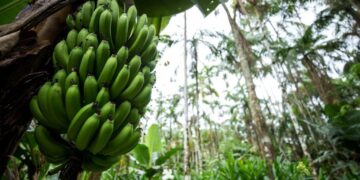Sullivan.suse.v1i1.4
FEATURED POST
Recent Posts
- Bridging Power and Knowledge: A Collective Reflection on Equity, Dialogue, and Shared Futures
- Sangam: Bridging Knowledge and Amplifying South Asian Youth Voices for Climate Resilience
- Biogas Energy Generation Project for Sustainable Rural Development in Egypt, Qena Governorate (ENSAN AID Foundation)
- Climate Change and the Global South: An Intersectional Study of the Impact of Climate Change on LGBTQIAP+
- Production of Weather Info Vis a Vis Agricultural Planning Calendar













